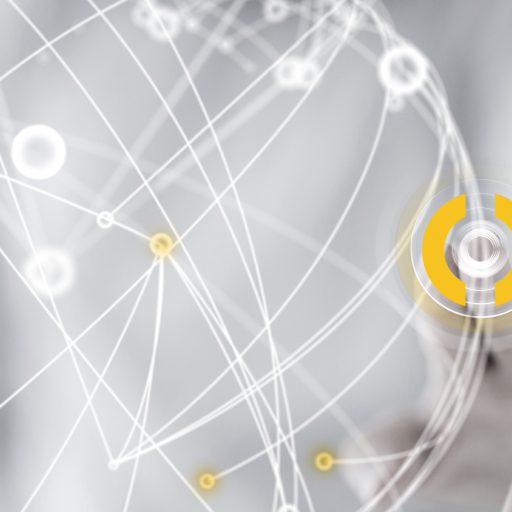What is Autonomous Procurement?
One example of innovation is autonomous procurement. But what exactly is autonomous procurement and how does it differ from traditional approaches?
Before getting into the specifics, Jonah highlighted how “autonomous” is different from “automated,” and he used autonomous vehicles as an example to explain the difference.
“It comes down to ‘Where is the decision-making taking place?’” says Jonah. “In the case of procurement, what this means is that you’re turning over a subset of your transportation budget to software to make decisions.”
For spot procurement, you might have a budget set and constraints around lead times to secure capacity and which types of carriers to consider, “but once those things are established, it’s up to the software to devise its own strategies and tactics and go execute on them,” explains Jonah. “And you judge the success of the software by how well it achieves your goals instead of how well it slavishly follows a rule set.”
Jonah highlighted other aspects of autonomous procurement, including how AI and machine learning, coupled with applied behavioral science, can be used to develop carrier profiles and price predictions. This opens the door to a variety of smart tendering strategies. For example, instead of asking carriers to bid on a load tender, the platform can present the tender to a select number of carriers (based on their profiles) along with an offered (predicted) price -- with each carrier potentially receiving a different price based on their profile. If none of the initial carriers accept the tendered load at the offered prices within a defined timeframe, then the platform can initiate additional tendering rounds as needed, determining which carriers to invite next, what prices to offer them, and the duration of each round.
Vincent, Jonah, and I discussed other questions, including:
- How is Nestle using autonomous procurement in its operations? What feedback have they received from their carrier partners? What have been some of the benefits achieved to date?
- What is the overall business case for using autonomous procurement? Is it applicable for all types of transportation operations or is it best suited for certain cases?
- What advice would you give to other companies that are looking to implement autonomous procurement in their transportation operations? What’s the first step? Any important lessons learned?
Again, I encourage you to watch the full video for all their insights and advice. Then post a comment and share your perspective and questions about this topic.






